Yes, believe it or not, some people think there is a business side to advocacy!
Over some years and after a third time being banned in some way or form from an official pain organisation’s social media, I now feel encouraged to make a point – advocacy is not a business.
I began this website to advocate for people living with chronic pain and share helpful resources to avoid the impact of misdiagnosis on their lives. I aimed and achieved gratitude on a global scale, which has fed me.
I also started this website to connect people living with chronic pain to professionals who understood them very well and could possibly treat them. I’ve asked none of these amazing professionals to pay me to be included on this website – we’re all working for the same cause, right?
This was never intended to be a business.
The advocacy cranked up as my input, sacrifice and dedication to the cause did, and for most of the time, I have felt extremely valued. That’s been the key to my energy.
There was a great big gaping silence in the world of pain when I began documenting my experience and sharing resources. That was 11 years ago. Pain health websites were few and far between and merely formalised their own existence – that’s what websites did back then.
There was no trace of the ‘lived experience’ online, nor did health organisations know how to connect to people who lived with the issues they claimed to stand for.
Advocates like Joletta Belton and a bundle of amazing others changed that. The internet became our feet and our megaphone. Through our newly created websites, online comments and contributions within community forums we were fortunate to meet with savvy practitioners/clinicians/professionals and really get the conversation rolling. The orgs were last to connect.
Things seem to have changed, though. And let me make it clear, this isn’t a rant. Instead, this is a conversation starter for healthcare professionals, government bodies, groups and organisations to understand that – ‘advocacy is not a business?’.
What I’m seeking is more respect and understanding for the voluntary position of the advocate.
So let’s pull the bandaid off and frankly define it:
Advocacy is costly and time-consuming. It earns us no income; it causes pain and uses a significant portion of the little and precious uptime we get and, advocates are also much greater than their cause.
I repeat; advocacy is no business.
Some facts
Hopefully, you can help me figure out what’s going on here:
- When I have been asked to a training session or pain conference, I have been paid for my time (this in no way covers income loss or costs involved in participating – remember I need unpaid Theo there too)
- The Hurting Strings documentary was donated by the very generous Director, Peter Lamont – he and I were not paid; we hardly raised enough to cover his funding campaign
- My book, Art & Chronic Pain, was produced at my own cost (it costs a lot to design and create eg over $1,000 for the photography alone and thousands more to print)
- In the past 2 years, I have implemented ads and even tried membership (now ceased) on pudendalnerve.com.au in an attempt to cover costs to make membership videos (THANK YOU to those who donated – the donations did not cover the plugin and website costs)
- In the past, when my story appeared in various print and online media, I was never paid
- When I was invited to be part of a board for Pudendal Neuralgia HOPE (a brilliant organisation and community), I was later dismissed and requested not to ever mention my resources on the community pages as I was seen as ‘too high profile’ (I still don’t understand what that means)
- I was banned from the Pudendal Neuralgia HOPE Facebook group for sharing a post that led to my website (I was seen as promoting and received a long final scolding message; ‘we’ve told you once, we’ve told you twice…’ it went on and I was baffled that my own kind could treat me this way).
- Before the recent change of Director, I was a Pain Australia member who upped the membership from $50 to $1,000. There is now an option to become a member for $200; I have emailed several times asking where I can send my form and have had no reply.
- I recently had my exciting Inflammation discovery post removed from the brilliant APMA Facebook group and received a polite message asking me ‘not to promote my business’ in the Facebook group. Furthermore, I would be contacted for other options for promoting my business.
What do you make of that because I’m bloody confused!
I have continuously written about these orgs and their resources on this website. In addition, I have continually shared their posts in my social media networks – retweeting, reposting, tagging, quoting, whatever it took (and takes) to share in ‘our’ joint cause.
I’ve always done that for free.
When it comes to PainTrain My Health Summary (soon to be My Health Story), I totally get that it is considered a business. As it now remains an ongoing ambitious and very costly task, I live in the hope that it will make up for my lost income one day. I am making the resource to help people and healthcare practitioners communicate. It is a service, it is not funded, and I hope it will become a profitable business one day.
There is nothing wrong with being ambitious and turning weeds into roses.
I totally understand that sharing a PainTrain MHS post might be seen as ‘advertising’ to those inexperienced in social media. So I don’t do it. But that also means people don’t find a possible helpful tool that I know is really effective and these pain groups miss out on aligning with something that can enhance their reputation. Thank goodness I have organisations like Pain Revolution and Stroke Foundation’s Enable Me who list PainTrain MHS as a helpful resource and get our joint mission.
These Facebook groups welcome lived experiences and resources but just not mine. Unfortunately, sharing my resources and pudendalnerve.com.au is somehow seen as sharing a business – sharing other links is ok.
I’m getting more confused as I try and nut this out.
What is Advocacy?
There are advocates out there that leave my work for dead! But unfortunately, they are also expected to do so on the assumption they like to and want to work, appear, talk, share, be vulnerable, be terrified, put it all on the line for their own pleasure. Um, no, that’s not the way it is!
At some point, we all feel sucked dry. I’m feeling that right now, and it’s not because I’m not getting paid. Every advocate is prepared to gift what they can. But when you feel unappreciated, it all hits you. Every minute you give away suddenly feels like a waste of time.
Showing up to speak at conferences, participating in meetings, leading discussions so that we can nail this pain management problem is not an advocate’s responsibility and nor would it be a crime if advocates were to get paid. In fact, it irritates me that more people don’t demand payment for their advocacy work – who else works for free?
If an advocate is offering their time, they are making a sacrifice at that moment – capacity and ability don’t come easy to advocates. It is also highly likely that their livelihood has been impacted. However, at that moment, their audience of healthcare professionals and pain organisations are being paid to learn from their personal experience and use that education to increase their skills to become better professionals and make their business better.
The more skilled the professional becomes, the cheaper the care becomes.
I genuinely don’t understand what threat I could be.
Going forward (or is it backward)?
It seems I can only comment without sharing my resources to participate in these forums. But I am obviously welcome to share the posts of these orgs on my social media as well as like and promote them.
I can choose not to participate in these groups at all. But then what of my want and ability to help people and healthcare professionals with my 11 years of advocacy? What of these resources I’ve built?
I am a graphic designer; I know design, especially social media. I know how to connect people and expand a brand’s reputation – the more web you spin, the greater the audience. You don’t keep a brand enclosed in a confined community, and you most certainly never end the conversation when it leads to a credible resource – wouldn’t you see that as an enhancement to your offering?
Am I wrong to assume the offering is pain management support?
That my advocacy of 11 years might be seen as a business threat is totally baffling. And I won’t believe that the organisational advertisers, sponsors and supporters are an excuse to block my ‘free business’ or that the organisation will lose their not for profit status (yes, that’s another poor excuse I heard).
People come to these pain orgs and their forums for help, not for an insular, controlled conversation.



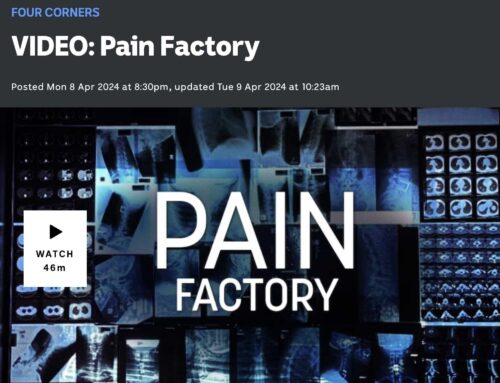
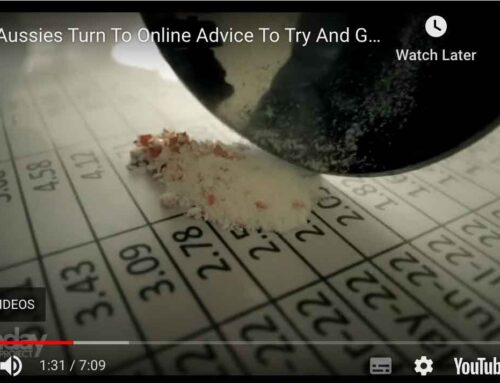
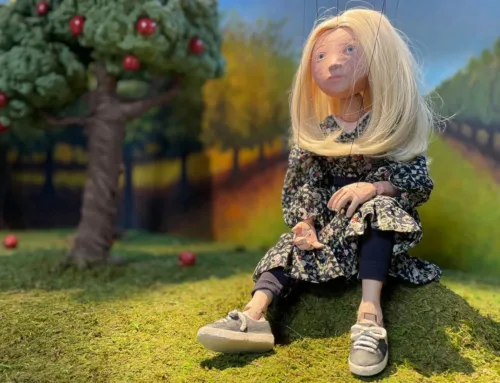
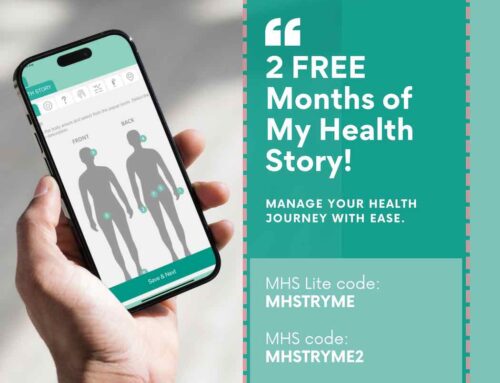
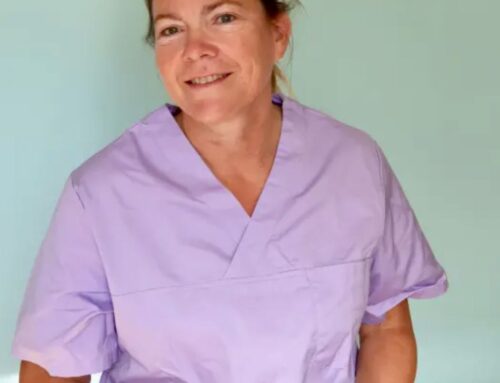
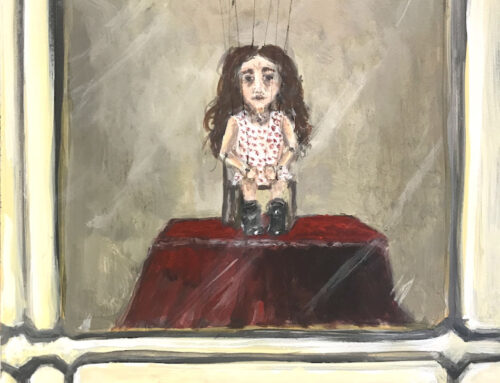
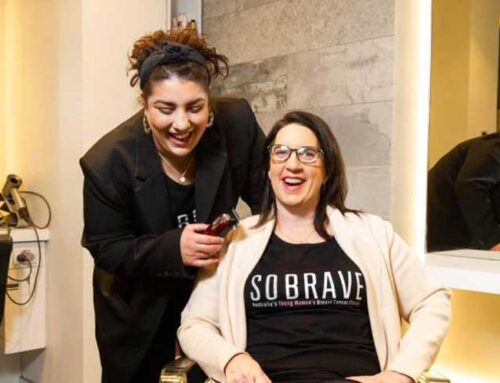
OMG Soula I’m appalled at what’s been happening to you. The heart and soul of your advocacy is more important than what those Pain org clowns think. Even if you are making huge sums of money off it (I know you aren’t) what does it matter? No different to a midwife/doula/mother making a business out of sleep school for babies. Drs are very slow to accept anything a “lay” person has to say too. They feel threatened by informed people. They think they know everything about everything. I can tell you that most of the Drs Ive seen about my chronic pain have no idea at all how hard it is to live this life. Especially the GP’s. My pain team that I have now are awesome but its taken a long time for them even to be on the same page as me. It’s insulting that people think that you have an agenda to only profit from your advocacy. Stay strong my friend. These people don’t have a clue.
It’s appalling that this is happening to all of us. Pain orgs need to think about individuals more and need to make more of our voices and experiences. It really was the final straw to be warned again. The orgs and groups should be leaders but they are so narrow-minded in their approaches. Our combined lived experiences, professional experiences incorporate health tech, psych, nursing, strategy, arts, law, etc. How many of us are out there writing books, blogs with degrees and PhDs? All of us are grouped and buried under ‘you’re just a patient’. Imagine what we could learn, make, impact if we used all that?!
Thank you for your support and words and yes, I’ll stay strong and away from their groups!